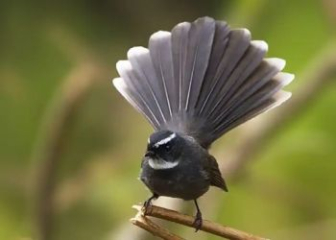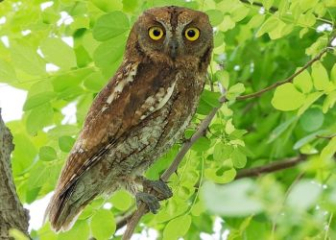Eclectus Parrot - Effective and Optimal Taming Guide
Blog | by
Eclectus parrot (Eclectus roratus), intelligent, affectionate, easy to tame parrot, the female is bright red, the male is emerald green, very eye-catching.
In the world of pet parrots, Eclectus parrots are always known for their outstanding colors, friendly temperament, intelligence and emotional lifestyle. This parrot species also has a clear difference between male and female birds, male Eclectus parrots possess an impressive emerald green color while female birds are usually dark red, very recognizable and prominent.
If you want to find a “winged companion” that is beautiful, intelligent and has a mid-range price, then Eclectus is a perfect choice.
And for more information about the origin, habits and optimal Eclectus parrot taming tips, please refer to the content shared by nicebirds in the article below!
Overview of Eclectus Parrots :
|
Scientific name |
Eclectus roratus |
|
Common name |
Eclectus parrot, large Eclectus parrot, green-bellied Eclectus parrot,... |
|
Source |
Southeast Asia, Southwest Pacific |
|
Size |
35 - 40 cm |
|
Lifespan |
30 - 50 years |
|
Temperament |
Smart, gentle, emotional |
Origin of Eclectus Parrot

Two Eclectus parrots are perched on a tree branch.
The eclectus parrot, scientifically named Eclectus roratus, is a parrot species native to the islands of Southeast Asia and the Southwest Pacific, specifically as follows:
- New Guinea Island
- Solomon Islands
- Maluku Island, Indonesia
- Northern Australia.
This parrot species lives mainly in dense tropical forests, on high tree canopies, and likes to eat fruits, flowers, seeds and young shoots.
Nowadays, thanks to its striking, colorful appearance and intelligence, the Eclectus parrot has become a popular pet bird in many parts of the world.
Physical characteristics of male and female Eclectus parrots
The appearance of the eclectus parrot has a clear difference between the male and female - the phenomenon of sexual dimorphism. Let's find out the details below.
Male eclectus parrot
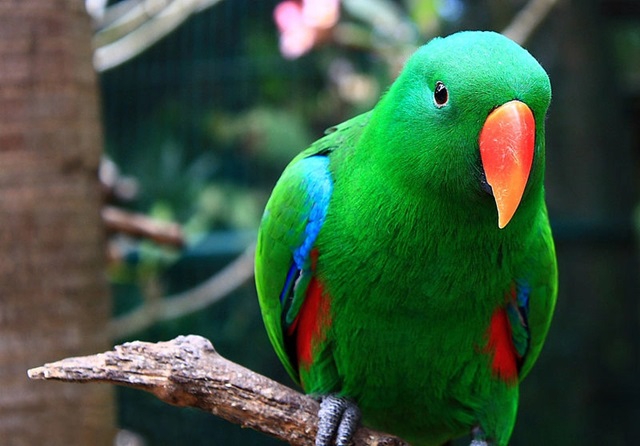
Image of male eclectus parrot with characteristic turquoise plumage.
Male eclectus parrots have the following physical characteristics:
- Coat color : Bright green, shiny, smooth.
- Beak : Bright orange or yellow.
- Wings and back : Dark green or turquoise, blue on the edges.
- Tail : Has red or blue border.
- Eyes : Black, with pale yellow or white rims.
- Size : 35 - 40 cm
- Weight : 400 - 450g
Female Eclectus Parrot

A female eclectus parrot with predominantly red plumage.
Female eclectus parrots are similar in size to males but are usually heavier due to their body structure. Specifically:
- Main coat color : Bright red, belly and lower back are blue or purple.
- Beak : Black
- Wings : Red, with blue and purple markings on the edges
- Tail : Tail edge is orange or pale yellow.
- Eyes : Have bright eye rims like the male.
- Size : Equivalent to male.
Behavior of eclectus parrots

Male and female Eclectus parrots are usually very monogamous.
Eclectus is a parrot with many interesting habits, which is also the reason why it is chosen as a pet in many countries. Let's learn about the outstanding habits of this parrot.
Intelligent, easy to train
Eclectus parrots are very intelligent, they can imitate human speech very well. Although not as good as African grey parrots, it is enough to make others admire. They also have good memories, can remember words, simple sentences and apply them to familiar contexts.
Some individuals also know how to perform tricks, or learn habits through repetition, making them very suitable for training.
Good communication
Eclectus parrots are very good at communicating, they use calls, whistles or chirps to communicate with others, usually in the early morning or late afternoon. Even when bored, they can scream or perform negative behaviors if not given much care and attention.
Affectionate yet independent
Not only are the appearances different, but the temperaments of male and female eclectus parrots are also completely opposite. Male parrots are usually gentle, sweet, and more attached to their owners. Meanwhile, female eclectus parrots have strong personalities, are independent, and even "stubborn".
However, if raised from a young age and socialized well, both male and female eclectus parrots are very friendly and affectionate.
Behavior in nature
In the wild, eclectus parrots always choose to live in high tree canopies. They prefer to live in pairs or small groups rather than in large flocks. Female birds are especially loyal to their nest territory.
Is a natural vegetarian bird
Eclectus parrots only like to eat fresh fruits, vegetables, seeds and flowers, and do not like to eat seeds with a lot of oil such as sunflower seeds. They especially like juicy fruits such as papaya, mango, banana,...
Sensitive to the environment
Eclectus parrots are extremely sensitive to their environment. They do not like smoke, dust, noise and chemicals as this can directly affect their health and behavior.
Guide to raising and taming eclectus parrots properly
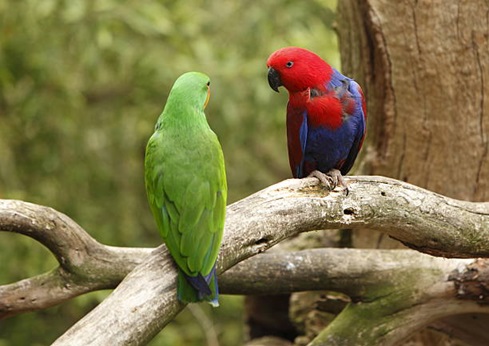
Image of two male and female Eclectus parrots in the wild.
If you are new to raising Eclectus parrots, don't miss the guide to raising and taming Eclectus that we share below to understand and take good care of this parrot!
Prepare feathers and suitable living space
The first important thing you need to know is to prepare a suitable cage/cage and living space to help the Eclectus parrot adapt quickly and develop optimally. Please pay attention to the following basic requirements.
- Size : Minimum 80 x 80 x 100 cm, the wider the better.
- Material : Choose stainless steel or painted with a protective paint layer.
- Cage bars : Sturdy, suitable distance to prevent parrots from getting their heads, nails, beaks, etc. stuck.
- Decoration : Place natural perches, climbing ladders, wooden toys.
- Cage location : Place in a cool place, avoid dust, drafts or harsh light, choose a quiet space but close to people.
What do Eclectus parrots eat?
As shared above, Eclectus parrots are pure vegetarians, so you can feed them the following foods:
- Main foods : Fresh fruits such as papaya, mango, banana, watermelon; fresh vegetables such as carrots, pumpkin, spinach, non-oil seeds such as oats, quinoa, millet,...
- Foods to avoid : Chocolate, coffee, alcohol, onions, garlic, sugar, salt, limit eating sunflower seeds and peanuts.
- Drinking water : Always available every day, water should be changed daily to ensure quality.
Training and taming
Training and taming are very important in helping your Eclectus parrot become more obedient, obedient and intelligent and the best time to tame it is when the parrot is still young, between 2 - 4 months old. The taming steps are as follows:
Phase 1 - Getting to know each other :
- This is an important step, first you need to sit near the cage to talk softly and get acquainted with the parrot.
- You can use fruits that your parrots love to make them trust you more.
Phase 2 - Basic Training:
-
Teach parrot to stand on hand.
-
Teach commands like name, up, down, come here,...
Phase 3 - Increasing engagement :
- At this stage, the parrot is more trusting and attached, so you can let them play outside for 1 - 2 hours every day.
- Regularly pet, talk and interact with your parrot.
Note :
- During the taming process, absolutely do not scold, beat or scare the Eclectus parrot.
- If your parrot resists training, be patient and take small steps.
- Eclectus takes time to build trust so you have to be patient.
Care and cleaning
This is also an important step to help Eclectus parrots stay healthy and have a clean living environment. Please follow these basic requirements:
- Clean the cage every day, remove feces, leftover food, and change drinking water.
- Bathe your parrot 2-3 times a week, using a gentle spray or shallow basin of water.
- Trim nails regularly if necessary.
- Observe your parrot's behavior every day to detect any unusual signs early.
Abnormal symptoms and timely treatment
As you know, Eclectus parrots are very sensitive to their surroundings, so they often have unusual behaviors, signaling illness or discomfort. Let's learn more below to detect and handle them promptly, protecting the health of this parrot.
|
Expression |
Reason |
How to handle |
|
Self-plucking of body hair resulting in bare, red or bleeding skin |
Parrots are stressed due to lack of interaction, noisy living environment, etc. Malnutrition Dermatological or parasitic skin disease |
Check your diet, add more green vegetables and fresh fruits. Increase engagement time Bathe parrots regularly and clean cages regularly. If the condition does not improve, see a veterinarian for timely treatment. |
|
Abnormal, loose, foul-smelling, bloody stools |
Unsanitary food Intestinal infection |
Supplement probiotics for pet birds Check the quality of food and water If the condition does not improve within 1 - 2 days, see a veterinarian. |
|
Sleeping all day, not eating, shaking slightly, ruffled hair |
Parrots are sick and infected. Parrots lack energy Inhale many toxins such as kitchen smoke, scented candles, detergents,... |
Isolate parrots from toxic sources such as kitchen smoke and strange odors. Feed your parrot soft, warm food. Observe again after 1-2 days if not ok then need to see a vet. |
|
Runny nose, sneezing, difficulty breathing, constant yawning |
Colds, respiratory infections Environment is too humid, cold or dusty |
Keep the cage warm and avoid strong winds. Use a humidifier under the guidance of your veterinarian. |
How much does an Eclectus parrot cost?
Currently, the price of Eclectus parrots in the Vietnamese bird market varies greatly depending on age, gender, origin and level of domestication. Below is the price list of Eclectus parrots that we have compiled, please refer to it.
|
Eclectus parrot |
Reference price (million VND/head) |
Note |
|
Eclectus baby parrots just learning to eat |
10 - 15 million VND/child |
Young parrot, just learning to eat, not domesticated |
|
Purebred, talking Eclectus parrot |
30 - 50 million VND/child |
Parrots are trained, familiar with people, and speak well. |
|
Rare Eclectus Parrot, Vosmaeri species |
Up to hundreds of millions of dong/child |
Depending on rarity and appearance. |
Note :
- Female Eclectus parrots are usually more expensive than male parrots.
- Young Eclectus parrots are cheaper than domesticated adult parrots.
- When buying, you need to pay attention to check the health, appearance, import papers, and origin of the parrot.
- Ask clearly about warranty, return and support policies after purchase.
Beautiful Eclectus Parrot Pictures
We invite you to admire the collection of colorful Eclectus parrot photos that we share below to see why this parrot is so popular in the bird world!
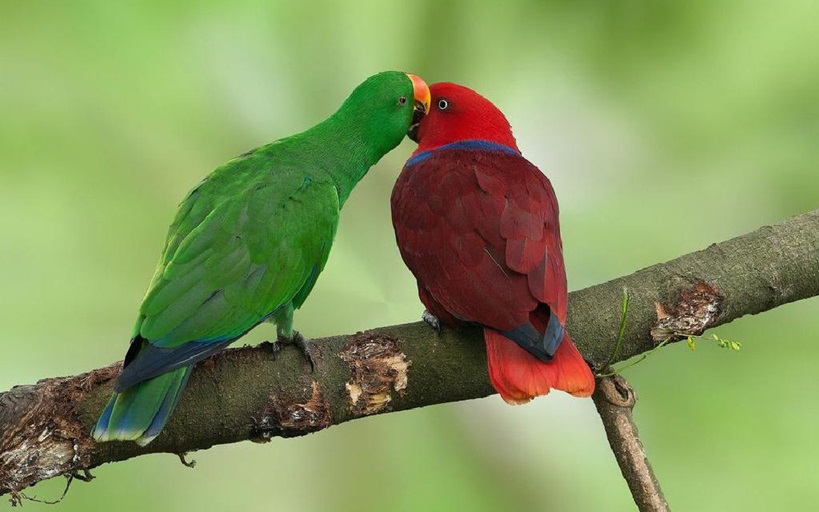
Image of male and female Eclectus parrots courting each other.
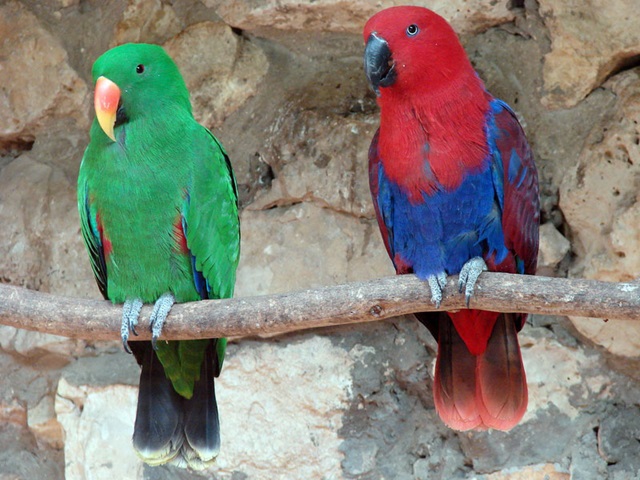
Two male and female Eclectus parrots perched next to each other.
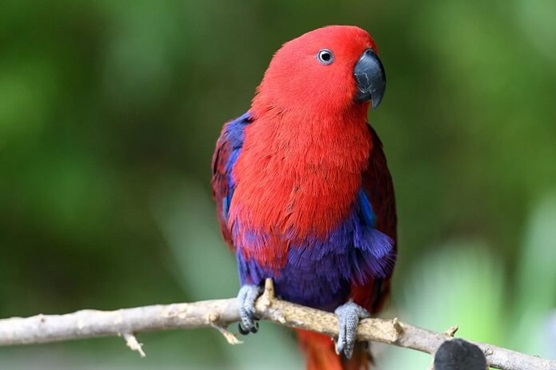
Female Eclectus parrot with bright red feathers and blue "bib".
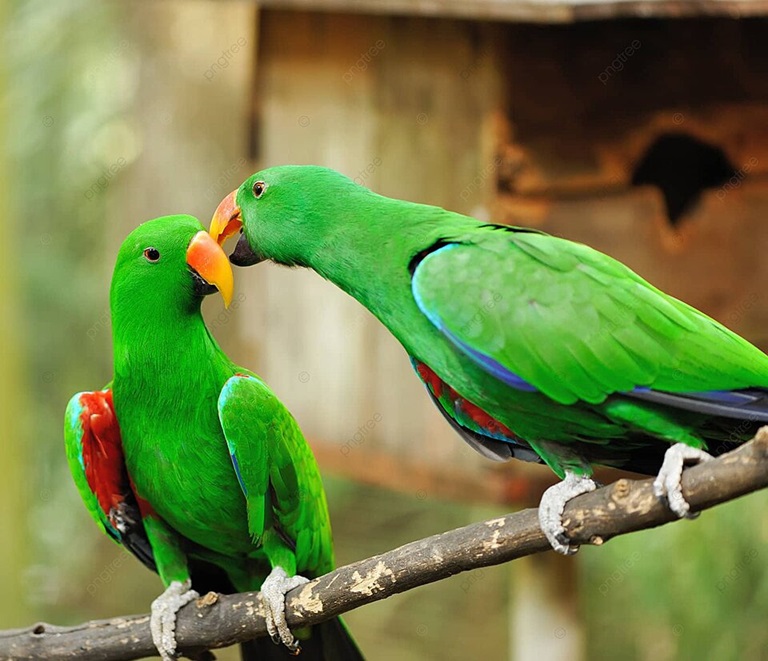
Two male Eclectus parrots are biting each other's beaks.
Through the above article, we have shared all the information aboutb. Taming Eclectus parrots is not difficult if you have patience and basic knowledge. Hopefully through the above content, you have understood and know how to take good care of this beautiful parrot.
If you want to learn more about other pet birds, remember to read the next articles in our Blog section!

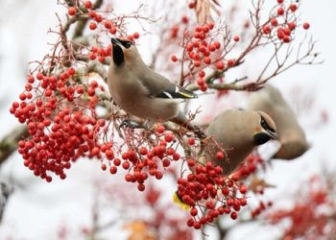

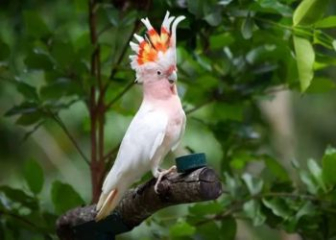
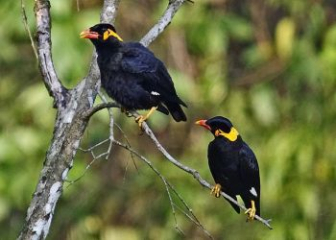
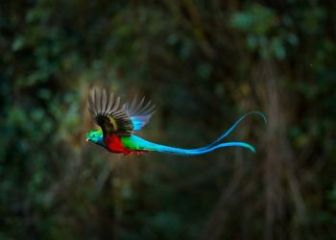





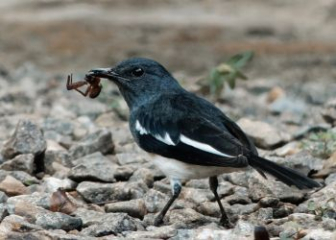
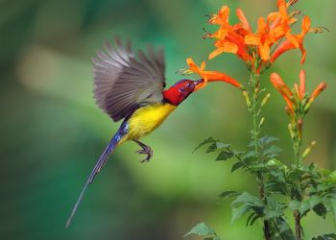


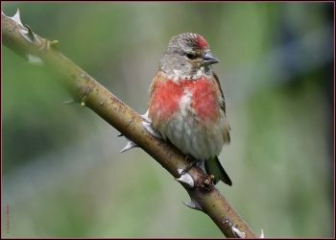
_350x250.jpg)
